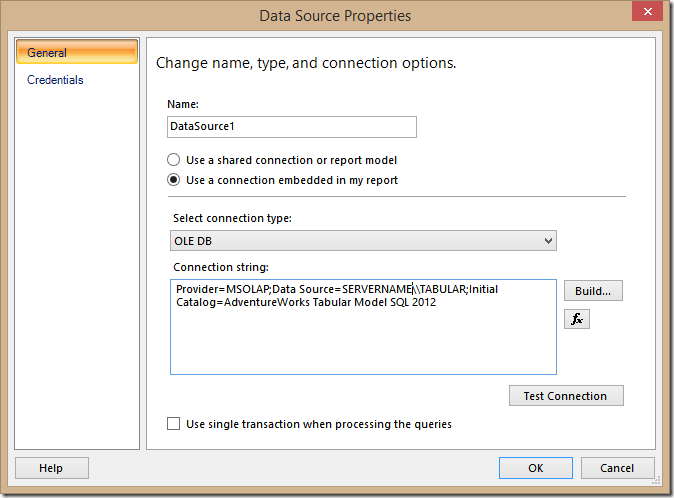
If the Report Authoring extensions were installed correctly, you should see “Microsoft Dynamics 365 Fetch” as a type. On the left of the report designer window, in the Report Data section, right click on the Data Sources folder and click “Add Data Source”. The first step is to create a link to your Dynamics 365 system. The “RDL” extension stands for “Report Definition Language” which is an XML interpretation of the report you will create. Once that is loaded, from the Solution Explorer on the right-hand side, right click on the Reports folder, choose Add -> New ItemĬhoose to create a Report file and give it a name. Again, you don’t need to be a developer to use this tool! Visual Studio SQL Server Data Toolsįrom the Templates, choose Business Intelligence -> Reporting Services and select Report Server Project. To create reports, you first need to launch SQL Server Data Tools Note that these steps could also be used to create custom reports for a Common Data Service Model-driven PowerApp. Once you have your workstation ready, you will also need some level of access to your Dynamics 365 system. Set up your workstation to create Dynamics 365 SSRS Reports The fact that Visual Studio is used does NOT mean that the report author needs to be a developer or coder to create powerful reports.īefore starting, please review my post on setting up your workstation to create SQL Server Reports for Dynamics 365. SSRS reports are created using SQL Server Data Tools, which is a version of Visual Studio specific for creating database related projects. With some basic knowledge, you can create custom SSRS reports for Dynamics 365 very quickly. The Dynamics 365 report wizard can create simple list based reports based on one or two related entities, has some basic charting abilities, but has limits on flexibility.

In my experience, these reports are not often used and in most cases, there is a need for custom reports. Dynamics 365 SQL Server Reportsĭynamics 365 Sales and Service Apps come with a set of reports out of the box. This post outlines the steps to create a simple SSRS report integrated and connected to Dynamics 365 without using the Dynamics 365 Report Wizard. Creating SSRS Reports does not necessarily require deep development skills.

The Dynamics 365 Report Wizard has limitations in terms of the reports that can be created.SQL Server Reporting Services reports are a viable way to generate information from your Dynamics 365 system.If you want more in-depth information and become a SSRS wizard, then take a look at Megan Walker’s SSRS REPORTS FOR CDS & D365 online class. I know this is a popular post, and the information is still very relevant today and will work both with Dynamics 365 and Model-driven Power Apps projects.


 0 kommentar(er)
0 kommentar(er)
